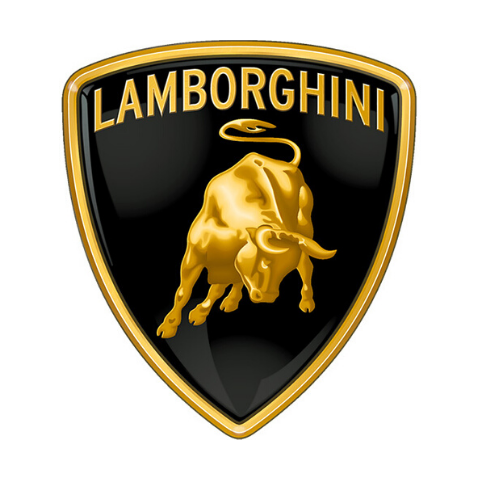1968 Lamborghini Miura P440

The descriptions of the Classic Cars in the Directory were partly generated or supplemented with the help of artificial intelligence (AI). The content may occasionally not always be entirely accurate or factually correct despite careful checking.
The Lamborghini Miura P440 is an iconic supercar that first hit the roads back in 1968. With its sleek design, powerful engine, and cutting-edge technology, it quickly became one of the most sought-after vehicles for car enthusiasts around the world. What makes the Miura P440 such a unique vehicle is its state-of-the-art technical features that were ahead of their time.
At the heart of the Miura P440 is a 4.0-liter V12 engine capable of producing an impressive 350 horsepower. The engine is coupled with a five-speed manual transmission, enabling the driver to have complete control over the vehicle. The V12 engine is an all-aluminum design, which makes it incredibly lightweight and highly efficient. The engine is equipped with four Weber twin-choke carburetors, which enable the driver to generate a significant amount of horsepower and torque on demand.
The chassis of the Miura P440 was no less impressive than its engine. The car was built with a tubular frame that made it highly rigid and lightweight. The suspension of the vehicle was also state-of-the-art for its time, utilizing double wishbones and coil springs on all four corners. The car was fitted with disc brakes, which made it stop quickly and safely.
The exterior of the Miura P440 was every bit as remarkable as its technical specs. The car was very low to the ground, and its sleek design was inspired by the bullfighter's cape. The front of the vehicle sloped downward, while the rear end was sharply angled. It was a true work of art, with a profile that was both aggressive and elegant at the same time.
The interior of the Miura P440 was equally impressive, with a dashboard that was clear and easy to understand. The steering wheel was adjustable, and the seats were made of high-quality leather. The car was also fitted with a sound system, adjustable air conditioning, and other features, making it a comfortable ride even for long journeys.
In conclusion, the Lamborghini Miura P440 is a true masterpiece of automotive engineering. Its powerful engine, durable chassis, and cutting-edge technology make it a vehicle that was ahead of its time. Even today, more than fifty years after its first release, the Miura P440 remains a highly sought-after car for collectors and car enthusiasts alike.
Milestones
• The Lamborghini Miura P440 was introduced at the 1966 Geneva Motor Show.• It was designed by Bertone's Marcello Gandini and was named after a famous fighting bull breed.
• The first production model of the Miura P440 was manufactured in 1967.
• In 1968, the Miura P400 S was introduced with a more powerful engine and other cosmetic changes such as chrome trim on the windows.
• The Miura P400 S was succeeded by the P400 SV in 1971, which had even more power and performance upgrades.
• The Miura P440 was praised for its unique mid-engine layout, which allowed for better handling and balance.
• The Miura P440 set a new standard for supercars of the time and became an instant icon in the automotive world.
• The P440 was produced until 1973, when it was replaced by the Lamborghini Countach.
• The Miura P440 has been featured in numerous films, including the original "The Italian Job" and the 2003 remake.
• In 2019, Lamborghini celebrated the 50th anniversary of the Miura P440 with a special exhibit at the Geneva Motor Show.
Technical
• Engine: 4.0-liter V12 • Horsepower: 350 HP • Top Speed: 280 km/h (174 mph) • Acceleration: 0-60 mph in 6.7 seconds • Transmission: 5-speed manual • Drive type: Rear-wheel drive • Suspension: Independent double wishbone front and rear • Brakes: Girling ventilated discs • Steering: Rack and pinion • Wheels: Campagnolo magnesium alloy • Tires: Pirelli Cinturato • Body style: 2-door coupe • Length: 4,453 mm (175.3 in) • Width: 1,830 mm (72.0 in) • Height: 1,115 mm (43.9 in) • Weight: 1,222 kg (2,695 lb) • Fuel capacity: 94 L (25 US gal; 21 imp gal) • Production years: 1966-1972 • Total units produced: 763